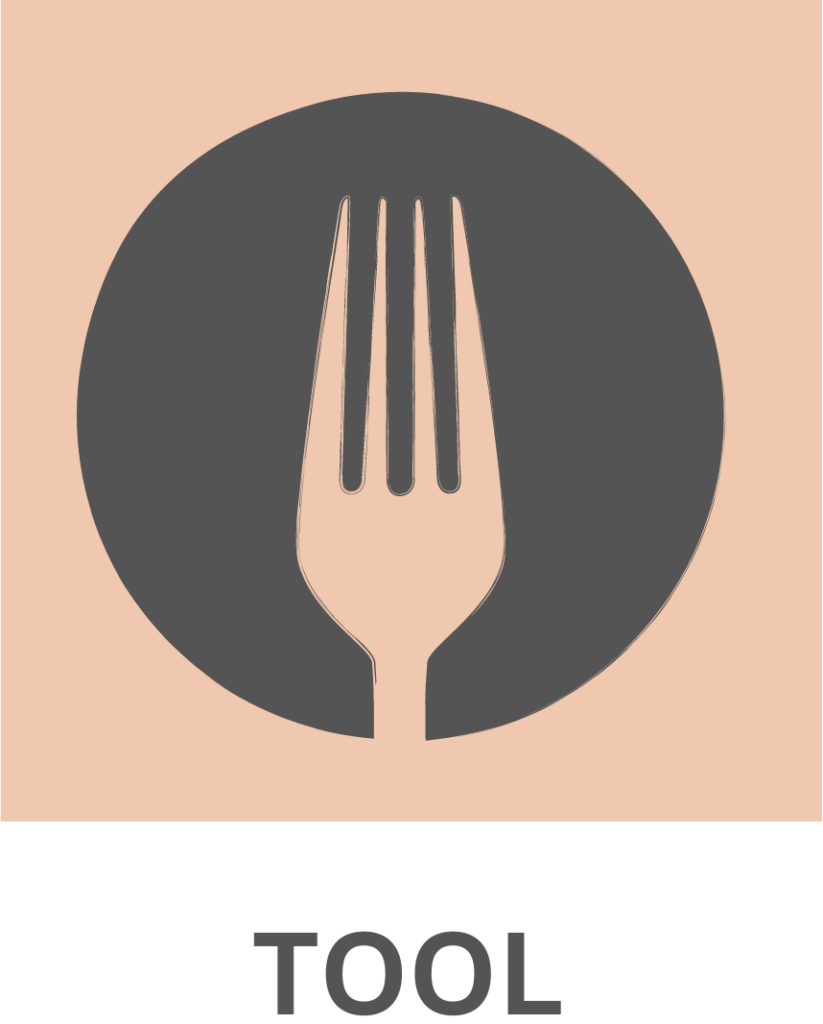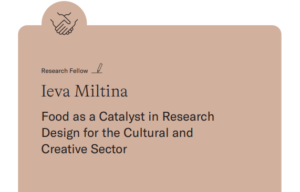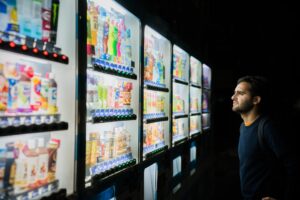Researching hundreds of different initiatives and concepts during our Europe-wide report on food-related facilitation techniques that aim for positive social change has given a rather clear picture on the ways how qualities of food can contribute to making the world a better place. How do we classify these contributing factors, and which initiatives in Europe employ these approaches? Let’s find out more!

A prominent group of methodologies within the found approaches use food in activities that overlap with the theory of art therapy interventions, or links might be formed with therapeutic recreation. For example, bread therapy is used in work with adults and kids that have suffered violence or people with special needs, but culinary therapy is used to practice mindfulness and emotional wellbeing. Such activities heavily rely on the sensory characteristics of food items. One might say that the agent of change is food as a tangible tool.

The second and the most common type of activities revolve around food’s social characteristics. Either the cultural, historical, emotional or political values around food and its consumption serve as the basis for facilitated activities in groups. Most commonly, this aspect is highlighted in communal cooking and eating within communities – with refugees or other marginalized groups, among a group of friends or colleagues seeking to find some bonding and togetherness through food-related activities. In this case, the agent of change is the group process and the social setting (sense of belonging, exchange of experiences, commonality of experiences and other aspects that food helps to highlight in such
activities). Communal gardening could be placed as a sub-category here. Growing food together might reinforce positive connections among community members and improve their food-literacy, as well as healthier eating habits.

Facilitator and his knowledge around food and its aspects is the agent of change in the third and the final type of food-related activities. These are lectures, workshops, guided tours and walks (in nature, garden, urban areas or other), and a wide range of other facilitated activities where the dynamic of expert and audience is primarily present. Exploring this category deeper, one might observe both types of facilitation – the frontal instruction (classrooms, lectures) with rather passive involvement of participants’ senses, or workshops with participants practically engaged in performing particular tasks (most often – cooking along, or acting out food-related processes like creating a shopping list or other).
In conclusion – if you are a facilitator then knowing these aspects and situations when they could be useful is a great tool in your box. Maybe your community needs to bong more? Bring them together for a potluck dinner. Want to make the world more sustainable? Teach kids and youth about aspects of food that contribute to the growing amount of waste. And after all, just keep in mind that it’s crucial to note that these methods can be intricate by nature, frequently encompassing a combination of the three categories within a single activity. From the standpoint of someone developing methodologies, incorporating all these approaches into one method could potentially lead to a more comprehensive social impact when implemented systematically!
– – – – –
Image by Ross Findon on Unsplash








